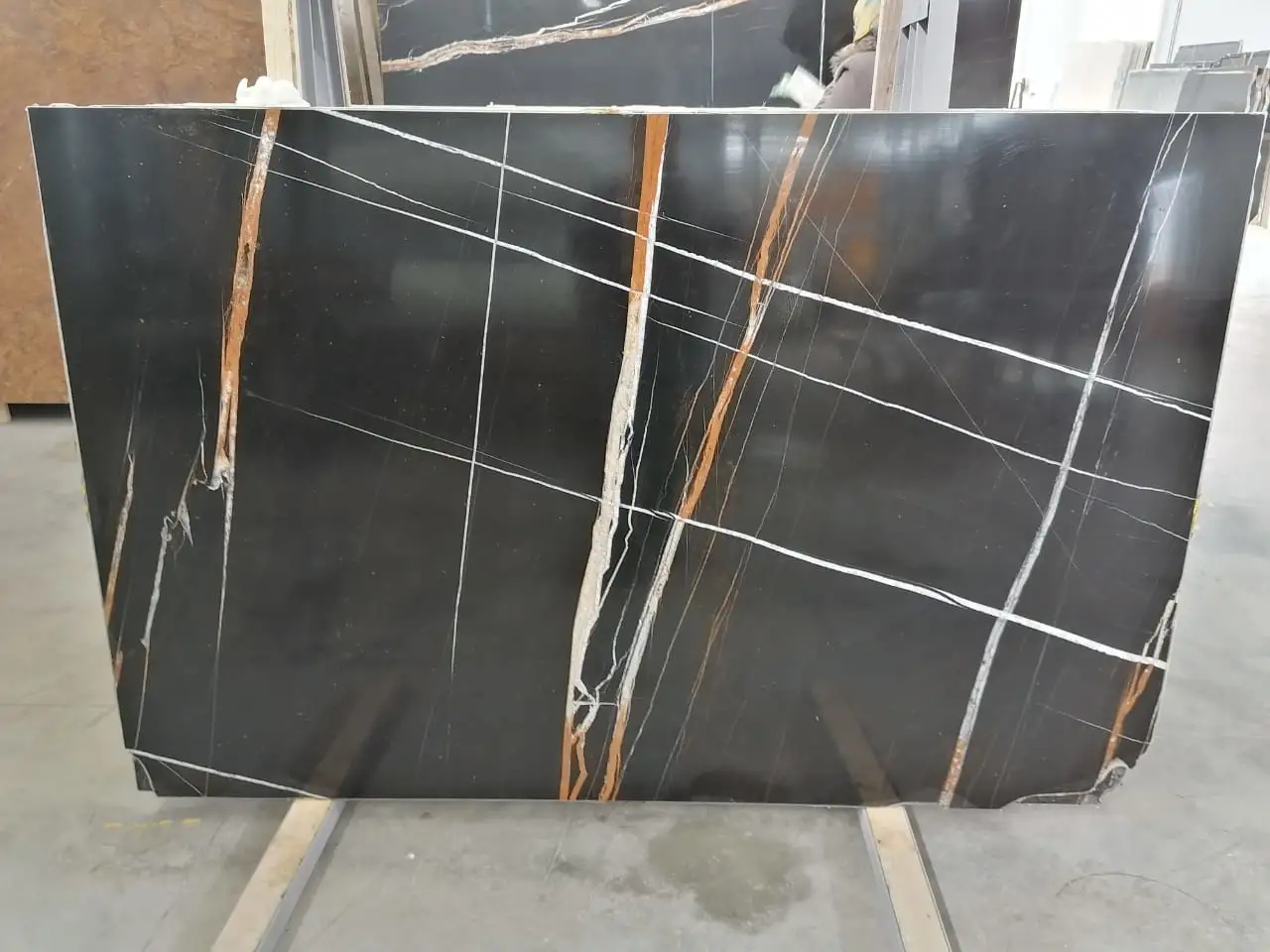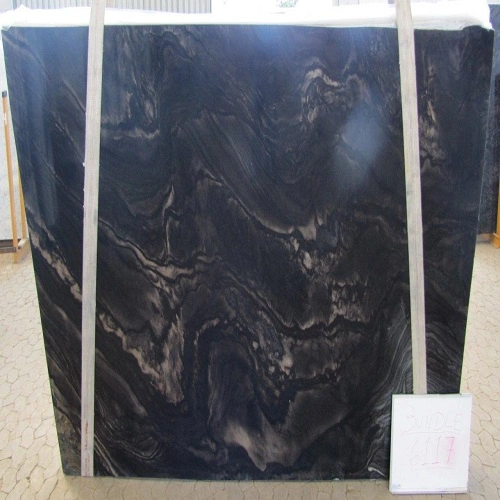A black hole can be formed by the death of a massive star.
Black holes are mysterious objects, which have intrigued scientists and space enthusiasts for decades. Black holes are dreaded too, since their gravitational pull is so strong that they do not allow anything to pass through them, not even light.
American space agency NASA (National Aeronautics and Space Administration) is celebrating the Black Hole Week from May 2-6 to make people aware of the region of spacetime and different types of it.
The Chandra Observatory, the flagship-class space telescope launched by NASA in 1999, has shared interesting trivia about black holes and discussed how the Earth can be turned into one.
“In order to turn Earth into a black hole, we would have to compress all its mass into a region the size of a marble. Just thought you might want to know,” the observatory said in a post on its official Twitter handle, along with hashtag #BlackHoleWeek.
In order to turn Earth into a black hole, we would have to compress all its mass into a region the size of a marble. Just thought you might want to know. #BlackHoleWeek⚫ pic.twitter.com/VS8MPAeOE8
In another tweet, the Chandra Observatory said, “As material swirls around a supermassive #BlackHole, extreme forces can cause matter to be redirected away from the black hole in the form of jets traveling at almost the speed of light. Image: Cygnus A - its incredible jets span more than 600,000 light years!”
As material swirls around a supermassive #BlackHole, extreme forces can cause matter to be redirected away from the black hole in the form of jets traveling at almost the speed of light. Image: Cygnus A — its incredible jets span more than 600,000 light years! #BlackHoleWeek⚫ pic.twitter.com/ldl4QkDkwC
Promoted Listen to the latest songs, only on JioSaavn.com
Since not even light can escape a black hole, people can't see them. It requires space telescopes with special tools to detect black holes.
According to NASA, black holes can be both big and small. The smallest black hole could be as small as one atom, while others - called stellar - can have mass up to 20 times more than the Sun.
NASA further said that the largest black holes are called “supermassive”. These black holes have masses that are more than 1 million suns together.
Encyclopedia Britannica says that a black hole can be formed by the death of a massive star. When such a star has exhausted the internal thermonuclear fuels in its core at the end of its life, the core becomes unstable and gravitationally collapses inward upon itself, it adds.
NASA says that Earth is safe from such an eventuality because of two reasons: First, black holes do not go around in space eating stars, moons and planets. Secondly, Earth will not fall into a black hole because no black hole is close enough to the solar system.
Track Latest News Live on NDTV.com and get news updates from India and around the world.









